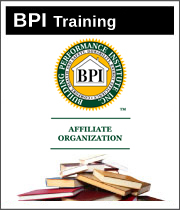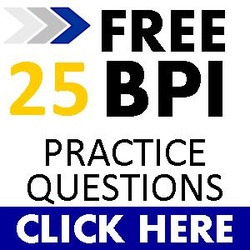Pass the BPI Exam the First Time!
STUDY GUIDESBPI PRACTICE EXAMGET THE NEWSLETTERTo get FREE updates and information about all the BPI Exams, please enter your name and email below.
|
BPI Field Exam - Pa, CFM, CFM50, CAZ, Draft, Room PressureCramming all these new terms into a week class is a great way to confuse a BPI class and it can be hard to keep your terms straight. Below is a table to help in order of your audit or BPI Field test, keep in mind that each of these terms are different tests and separate from each other. Test yourself by writing the equations for each term out as I have not listed them here.
Self check - see if you can answer these questions from memory:
Next Section |

